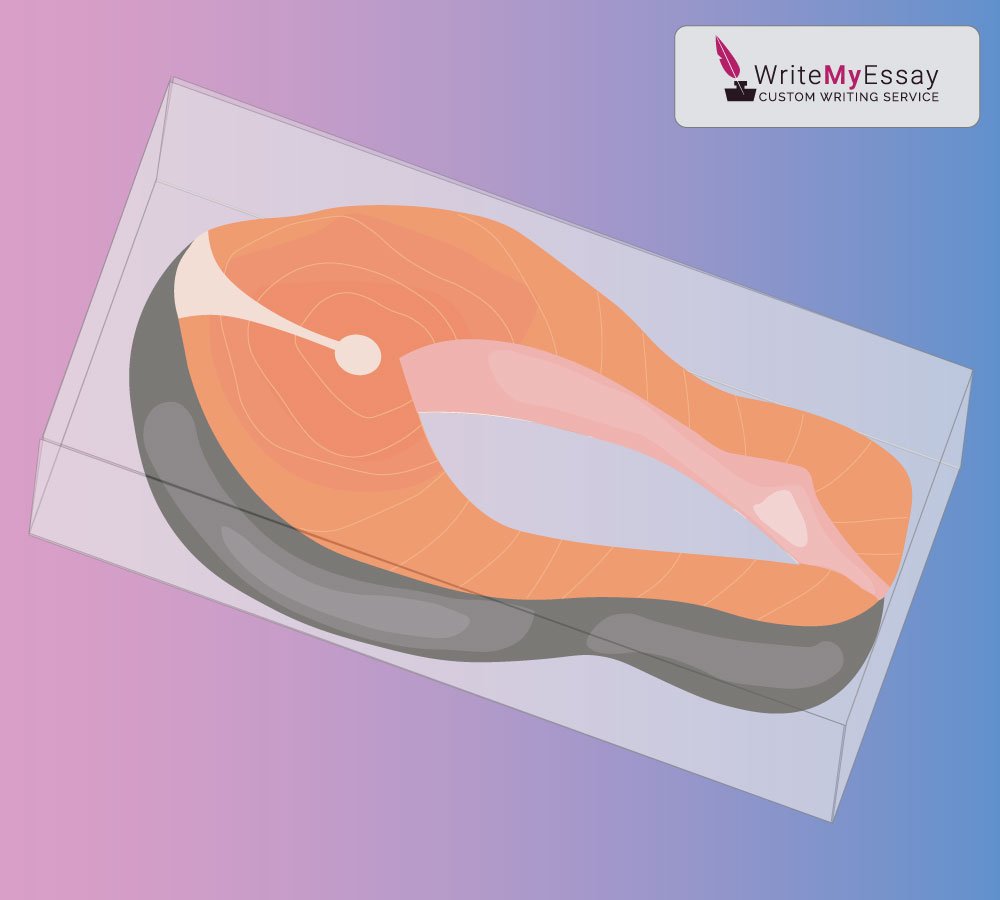How bad is plastic packaging and does it influence the quality of food? essay sample

Once we have been persuaded that plastic packaging is the inevitable component of transporting food and keeping it safe during the ride. Today take cellophane bags as the annoying item that we keep buying and throwing away automatically. Every product is wrapped in plastic, no matter whether it needs a package or not. As we gradually go away from carrying plastic bags and replace them with fabric ones, we still have to put food in plastic or wrap products in cellophane taking them to school or office. Almost everyone uses plastic bottles and containers to carry food, and researchers raise health concerns related to that.
The existing research highlights two components that can transfer from plastic package directly into food. They are phthalates and bisphenol A. The latter is a common material used in hard lightweight plastic. It includes plastic containers and water bottles so it contacts practically with every food we eat. The lining of canned food allows the easiest transition of bisphenol A to food. The component is claimed to cause the imbalance of reproductive and thyroid hormones.
Phthalates occur in most plastic and plasticized items even those non-related to food. From PVC to perfume, they are found even in the indoor dust. Though phthalates are banned in the European Union and some other areas, Food and Drug Administration estimated that the exposure through food is small enough. Just like bisphenol A, phthalates impair the release of hormones, mainly testosterone.
Avoiding phthalates and bisphenol A is rather difficult these days. Nevertheless, we still can reduce our exposure by switching to glass or stainless steel cookware. It is worth to stop heating plastic containers in the microwave oven and put food on a plate instead.
